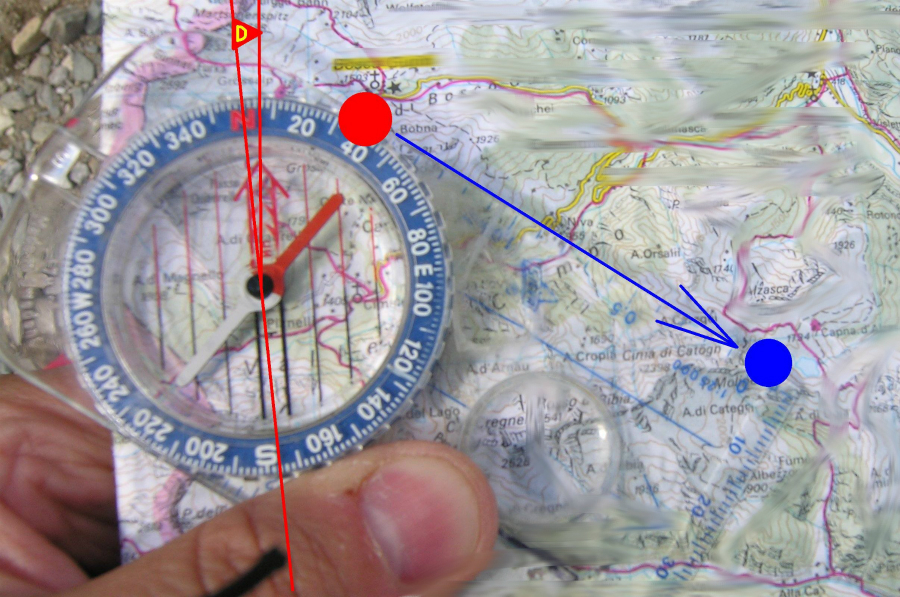
Magnetic declination is a challenging part of navigating with a map and a magnetic compass. Preppers and survivalists must compensate for various shifts in the Earth's magnetic field that affect compass navigation.
The magnetic needle of a compass aligns itself with the planet's geomagnetic field. In turn, the card or circle of the navigational instrument provides the orientation for the needle and its user.
However, Earth's magnetic lines of force may be affected by many factors. Solar activity, local weather conditions, and the like produce what is called magnetic declination.
In comparison, declination refers to the angle between the true north and the magnetic north. Furthermore, declination only involves the position of the person using the compass.
One example of magnetic declination is the annual westward change. The geomagnetic field comes from the flow of molten metal at the Earth's core. Some researchers believe that the core may move differently from the eastward rotation of the planet on its axis.
As a result, while the crust of the planet moves eastward, the liquid core might slip westward instead. Thus, the entire magnetic field might go slightly west as well. The annual change is always westward and encompasses the entire magnetic field.
To reflect these changes, mapping agencies add a declination diagram on the topographic maps that they release. Furthermore, they add a date and the declination change factor to the diagram. (Related: Is Earth on the verge of undergoing a magnetic pole shift? Scientists say SOON.)
The differences between magnetic declination and magnetic deviations
Magnetic deviations, on the other hand, involve any magnetic effect on the compass needle that doesn't come from the Earth's magnetic field. They are also called magnetic local attractions or magnetic variations.
Deviations include mineral deposits in the area and magnetic metals on the body of the person navigating with the compass. Whatever the origin of the deviation, it influences the compass needle to move away from the true north, producing an inaccurate reading.
Preppers and survivalists who rely on magnetic compasses for navigation will have to figure out both the declination and the deviations. While any recent topographic map will produce the declination, deviations are sneakier.
Fortunately, magnetic forces follow the law of inverse squares. The farther the source of magnetism, the weaker its effect on other magnets. As such, if the compass readings prove inaccurate, a local source of magnetic deviation is the more likely culprit rather than the declination.
How to compensate for magnetic deviation in compass bearing
To help verify the amount of magnetic declination and deviation, compass users may use the star Polaris as a reference point. It got its name "North Star" because it more or less stays put in its position in the night sky throughout the Earth's rotation.
Locating Polaris involves finding the Big Dipper or the Little Dipper constellations. While it isn't a part of the Big Dipper, it is the brightest star near the pan of the front part of the constellation.
It is also the final star in the handle of the Little Dipper. However, this constellation is much harder to find since one of its stars is quite faint.
After making the adjustments for the local declination, take sight of Polaris and read its bearing. If the bearing of the North Star is zero degrees, there is no magnetic deviation and the compass reading is accurate.
However, if the bearing produces a non-zero amount, that equals the amount of magnetic deviation. Adjust the outer dial of the compass to eliminate the deviation and produce a bearing of zero degrees.
Sources include:
Please contact us for more information.





















